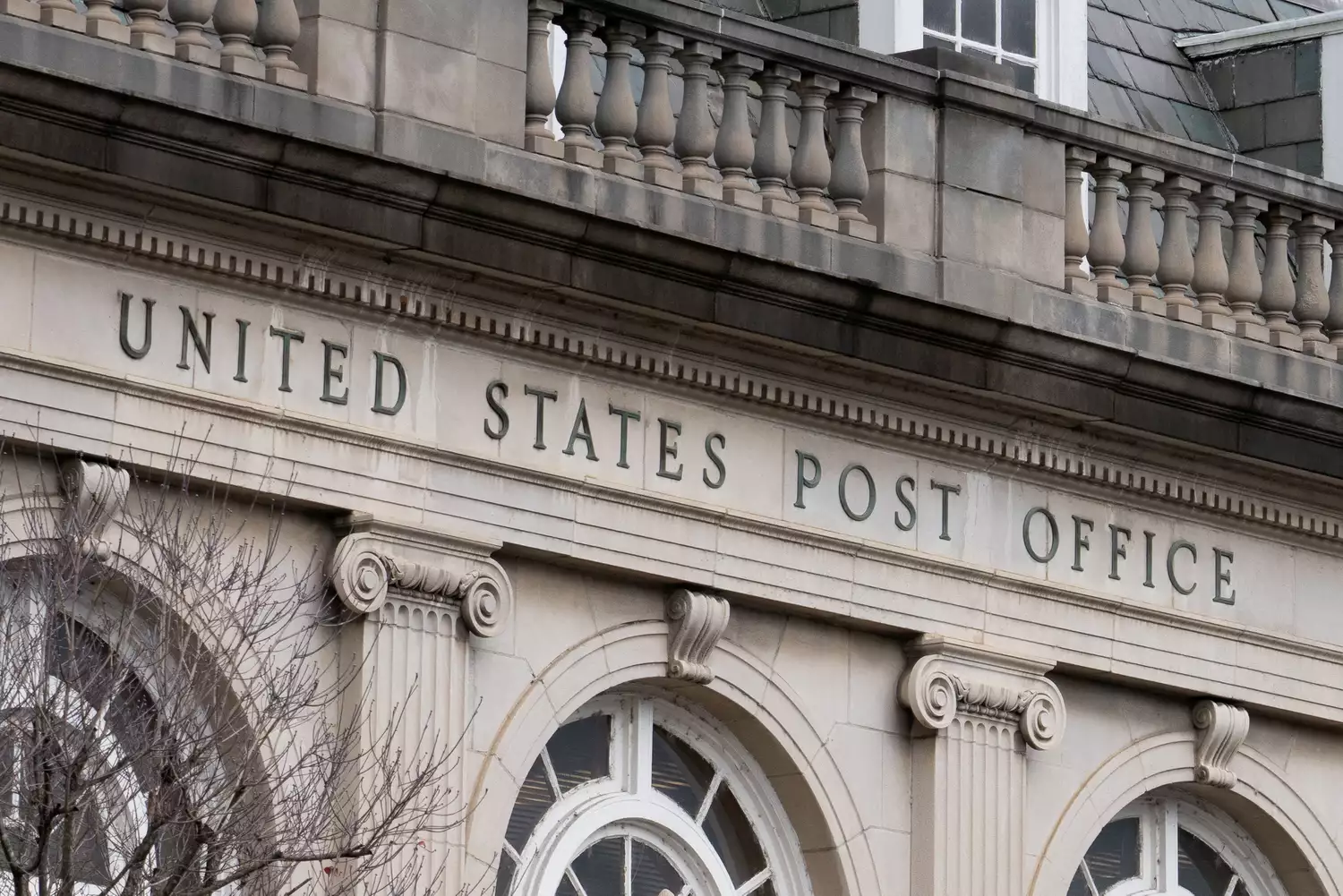
A coin scarcity can occur when the supply of coins in flow falls below regular levels, which can be troublesome for organizations and consumers alike. When this occurs, you may be questioning why and what it means for you.
A number of things can trigger a coin scarcity. The more you learn about how change shortages work, the easier it might be to handle if and when they happen.
Secret Takeaways
A coin shortage is the outcome of a diminished supply of coins in flow.
The majority of coins in flow can be connected to retail activity and deposits from third-party coin processors.
A coin lack was set off by the COVID-19 pandemic in 2020, however modification shortages have happened since of other reasons.
When a coin shortage happens, you may be motivated to pay with precise modification or use debit cards, credit cards, or mobile wallet apps to pay.
The Federal Reserve deals with the U.S. Mint to deal with coin shortages when they happen.
Why Coin Shortages Happen
To comprehend coin scarcities and how they occur, it assists to first appearance at how coins get into blood circulation. In the United States, coins are produced by the U.S. Mint.
From there, coins make their way into the general public through various channels, including retail activity. When a consumer pays with money, they may get change back. They might then go to another shop and purchase using a few of that modification to pay.
Coin lacks happen when there’s an imbalance in the supply of coins in blood circulation. In 2020, the COVID-19 pandemic significantly disrupted coin circulation as retailers temporarily or completely closed.1 In 1999, surging demand for coins led to a nationwide penny lack. The U.S. Mint had to issue 13 billion pennies that year to bring supply back to normal levels.2.
Note.
Coin lacks can happen due to phenomena like these examples in 2020 and 1999, however other elements can enter play.
Increased Electronic Payment Options.
Mobile and over-the-phone payments make buying things or paying bills convenient and protected. Under typical circumstances, digital payments alone may not result in a coin scarcity. But they can be a contributing factor when more customers select electronic versus cash payment techniques.
More than 40% of customers surveyed by the Federal Reserve Bank of San Francisco in August 2020 reported changing from in-person to online or phone payments during the pandemic. When making payments in-person, 45% of customers reported that merchants particularly asked to pay with cards, seemingly out of issues for both safety and security.3.
Reduced Coin Production.
A coin scarcity can likewise be the outcome of a decrease in coin production. In early 2020, the U.S. Mint’s production capacity dropped as procedures were taken to protect the health of employees and avoid the spread of COVID-19. By mid-June of that year, the Mint was back to running at complete capacity, however the temporary decrease in production did contribute to the coin scarcity to a degree.1 The U.S. Mint eventually produced 14.8 billion coins in 2020, which was 24% more than the 11.9 billion coins it produced in 2019.4.
Minimal Coin Circulation.
Modification shortages can result from fewer coins being in blood circulation. This meant customers who had cash couldn’t invest it and organizations that accepted money payments couldn’t receive it.
At the exact same time, fewer consumers were depositing coins at banks and cooperative credit union or trading them for paper currency through coin-counting kiosks.3 Together, these factors resulted in fewer coins remaining in circulation.
How Coin Shortages Affect You.
A modification lack can impact customers in various methods, mostly since of how they impact organizations.
When there are fewer coins in circulation, companies may need you to pay with precise change, or they may advise you that they aren’t able to give back coins as modification. And in an extreme coin scarcity, services might be prompted to move far from money or coins as a kind of payment entirely.
Note.
A laundromat is a business understood for needing customers to utilize coins as payment. A coin shortage might affect its company, so it might eventually embrace mobile- or card-only payments.
Coin scarcities may also be problematic for people who are underbanked or unbanked. A June 2019 research study by the FDIC discovered that an approximated 5.4% of American families (7.1 million households) are unbanked.5 That indicates they don’t use standard banking services or products. For somebody who mainly pays with cash, a coin shortage can trigger barriers. They might need to use alternate payment choices, such as cash orders or prepaid debit cards instead, which may involve paying costs.
Relying on debit or credit cards could also lead to spending too much during a coin shortage. Various research studies, including research study conducted by the Sloan School of Management at MIT, have actually concluded that paying with plastic can result in spending more.6 For customers who are already fighting with financial obligation, a modification scarcity could possibly intensify the problem.
Resolving Coin Shortages.
The Federal Reserve and the U.S. Mint took action to assist alleviate the coin scarcity that happened in 2020 by increasing coin production.1 The subsequent resuming of companies also helped to put more coins back into flow as consumers started investing money face to face again.
When a coin lack happens, there are some things you can do to lessen its impacts on an individual level, such as:.
Utilizing coins to pay at merchants in person.
Transferring rolled coins at your bank, if they accept them.
Using coin counting devices to exchange coins for paper bills.
Keep in mind.
In addition to cash, coin-counting kiosks might use you the choice to get your money loaded onto a gift card instead.
Opening a bank account can also be a smart relocation for combatting a coin lack if you’re unbanked. When comparing checking account, make certain to take note of things like charges and minimum balance requirements.
Coin lacks have occurred in the past, and they’ll likely occur in the future. It’s smart to comprehend how the Fed and the U.S. Mint manage this concern– along with what you can do– so that you and your family are not significantly affected by a coin scarcity.



